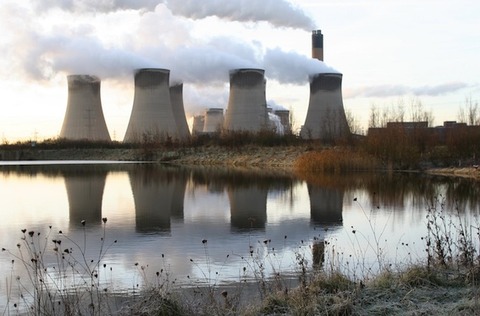Minister hails Drax carbon capture breakthrough
11 Feb 2019

Energy minister Claire Perry said the new Drax Power station’s pilot bioenergy carbon capture and storage (BECCS) project had the potential to kick-start “an entirely new cutting-edge industry in the UK”.
“World-firsts like this will help us to realise our ambition of having a first operational plant by the mid-2020s as we continue to seize the opportunities of moving to a greener, cleaner economy – a key part of our modern Industrial Strategy,” said Perry, the minister for energy and clean growth.
She was speaking after the launch for the pilot, hailed by Drax as a sign that the UK was moving ahead in climate change technology.
Drax said the project marked the first-time carbon dioxide has been captured from the combustion of a 100% biomass feedstock anywhere in the world.
In the course of wood burning to drive electricity generators, the project will capture one tonne of CO2 per day.
The plan is to scale up the project using a proprietary solvent developed by company C-Capture to isolate carbon dioxide from the gases released by the biomass.
Drax Group CEO Will Gardiner said: “The successful deployment of BECCS requires us to identify ways in which the carbon dioxide we’re now capturing can be stored or used in other processes and we’re working with the government and other businesses on that.
The challenge now is to get all the information we need to design and build a capture plant 10,000 times bigger
Caspar Schoolderman, director of engineering, C-Capture
“We’re focused on working together to make the progress required for us to tackle climate change and enable a zero carbon, lower cost energy future.”
Critics have said that the technology places huge demand on tree supplies and affect flora and fauna dependent on them.
Drax points out that both the Royal Society and the Royal Academy of Engineering have estimated BECCS could enable the capture of 50 million tonnes of CO2 by 2050 – or half the UK’s emissions target for climate protection.
Director of engineering at C-Capture Caspar Schoolderman added: “Working at this scale is really where the engineering gets interesting. The challenge now is to get all the information we need to design and build a capture plant 10,000 times bigger. It’s only really when we get to those sorts of scales that we can start to have an impact on the climate.”

